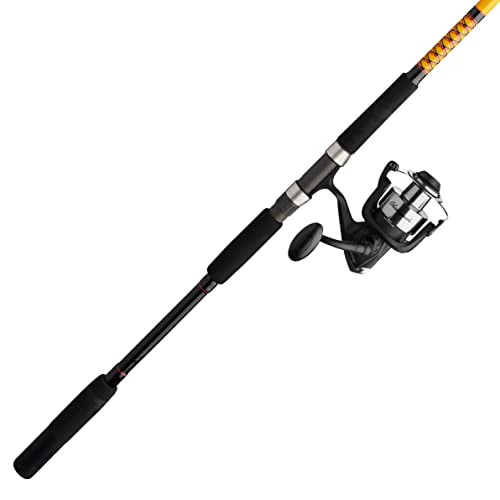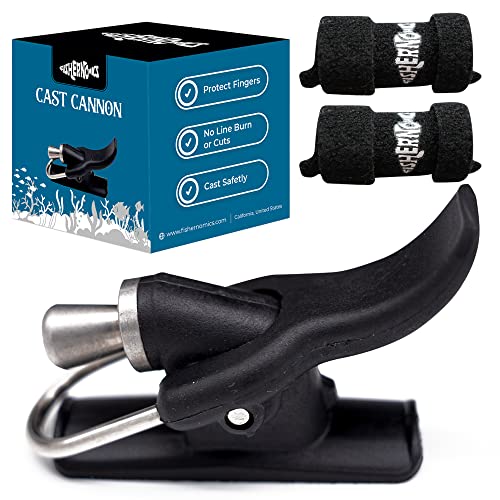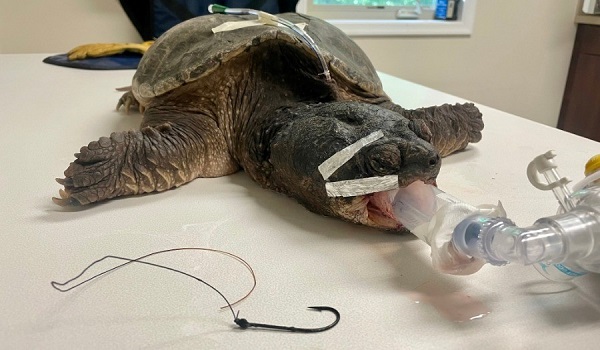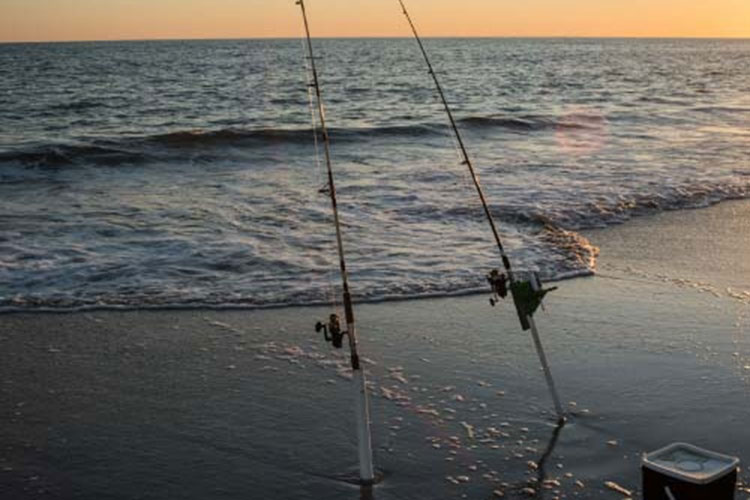For surf fishing, the ideal rod size depends on factors such as the target species and casting distance. Typically, a surf fishing rod should be between 8 to 12 feet long to ensure better casting distance and provide the necessary strength to handle larger fish.
It’s important to consider your fishing experience and the conditions of the surf when selecting a rod size. Additionally, using a rod with a medium to heavy power rating and a fast or moderate-fast action will enhance your chances of successfully surf fishing.
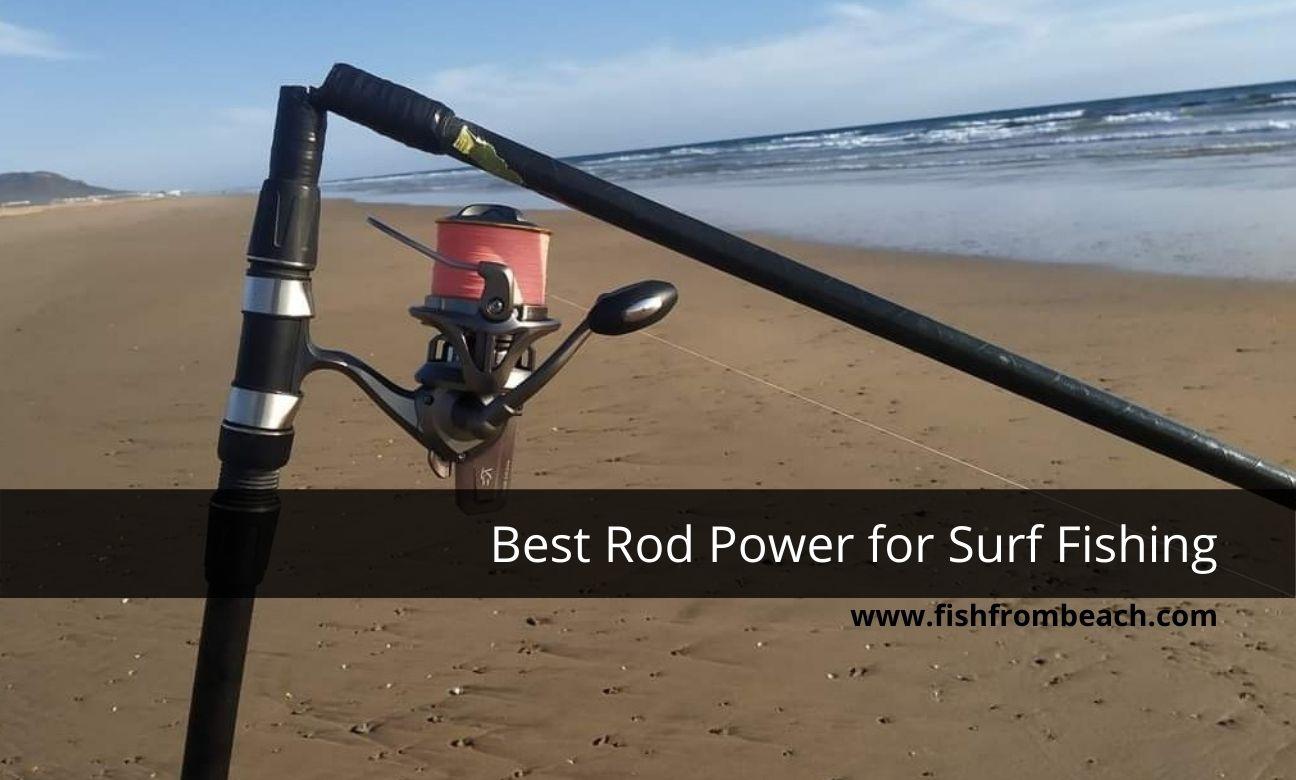
Credit: www.fishfrombeach.com
Understanding The Basics
Factors To Consider When Choosing A Surf Fishing Rod
When it comes to choosing the right surf fishing rod, there are several factors you need to take into consideration. These factors will greatly impact your fishing experience, so it’s important to choose wisely. Here are some key points to consider:
- Rod length: Rod length plays a crucial role in surf fishing as it directly affects your casting distance. Longer rods tend to provide greater casting distance, which is essential when you’re trying to reach deep waters. On the other hand, shorter rods are more maneuverable and easier to handle. It’s important to strike a balance and choose a rod length that suits your fishing needs.
- Rod power: Rod power refers to the amount of force required to bend the rod. Surf fishing often requires casting heavy lures or baits long distances, so a rod with sufficient power is crucial. Power ratings typically range from light to heavy, with heavy rods offering more strength and sensitivity. Consider the size of the fish you’re targeting and the prevailing fishing conditions when selecting the power rating of your surf fishing rod.
- Rod action: Rod action refers to where the rod flexes along its length when pressure is applied. It affects how the rod performs when fighting against a fish. The two most common actions for surf fishing are fast and moderate. Fast action rods bend mostly at the tip, providing more sensitivity and quicker hooksets. On the other hand, moderate action rods flex further down the blank, which allows for more forgiveness when fighting larger fish. Choose the rod action that suits the type of fish you intend to catch and your personal fishing style.
How Rod Length Affects Casting Distance
The length of your surf fishing rod plays a crucial role in determining your casting distance. Here’s why:
- Longer rods allow for longer casting distances: Due to their increased length, longer surf fishing rods provide better leverage and generate greater casting power. This allows you to cast your bait or lure further into the water, reaching deeper areas where fish may be lurking.
- Increased control when casting with longer rods: Longer rods not only offer greater distance but also provide better control during the casting process. The extended length allows for a wider casting arc, enabling you to achieve more accurate and controlled casts.
- Maneuverability may be compromised: While longer rods are advantageous for casting distance, they can be more challenging to maneuver, especially in tight spaces or when fishing from a crowded beach. It’s important to strike a balance between the desired casting distance and the practicality of handling a longer rod.
The Importance Of Rod Power And Action For Surf Fishing
When it comes to surf fishing, choosing a rod with the appropriate power rating and action is crucial. Here’s why these factors are important:
- Rod power determines your ability to handle different fish species: Surf fishing often involves targeting larger fish species that require more power to reel in. Choosing a rod with adequate power ensures that you have the strength and control necessary to handle these fish effectively.
- Rod action affects your ability to detect and hook fish: The action of a surf fishing rod determines its sensitivity and responsiveness. A fast action rod bends mostly at the tip, allowing you to feel even the slightest nibble and providing a quicker hookset. A moderate action rod, on the other hand, bends further down the blank, providing more forgiveness when fighting larger fish.
- Matching rod power and action to fishing conditions: The fishing conditions, such as surf strength and bait/lure weight, should be taken into consideration when selecting the rod’s power and action. Heavier surf conditions may require a more powerful rod, while lighter conditions may benefit from a lighter-action rod.
Remember to consider these factors when choosing a surf fishing rod to ensure a successful and enjoyable fishing experience. Happy casting!
Selecting The Ideal Rod Length
When it comes to surf fishing, selecting the right rod length is crucial for a successful and enjoyable fishing experience. The length of your fishing rod can greatly impact your casting distance, control, and overall effectiveness in different fishing locations.
In this section, we will discuss the key factors to consider when determining the ideal rod length for surf fishing.
Determining The Right Rod Length Based On The Fishing Location
- Fishing in open beaches or expansive shores:
- Longer rods (10-15 feet) are preferable for casting long distances and targeting fish in deeper waters.
- The extended length provides greater leverage and helps in combating strong waves and currents.
- Longer rods also allow for a wider casting range, which is essential when fishing in vast areas.
- Fishing in rocky or structure-rich areas:
- Shorter rods (7-9 feet) are more suitable for fishing in spots where there are obstacles, such as rocks, jetties, or piers.
- The shorter length allows for better maneuverability and control in tight spaces.
- It provides greater sensitivity and enables better feel of bites, especially when fishing close to structures.
- Fishing in estuaries or bays:
- Medium-length rods (8-10 feet) offer a versatile option for fishing in both open waters and near structures.
- These rods provide a good balance between casting distance and control.
- They allow for comfortable casting in different conditions, making them suitable for various fishing locations.
Advantages And Disadvantages Of Shorter And Longer Rods
Shorter rods:
- Advantages:
- Better maneuverability and control in tight spaces or around structures.
- Increased sensitivity and responsiveness to bites.
- Easier to transport and handle.
- Disadvantages:
- Limited casting distance compared to longer rods.
- Reduced leverage when dealing with strong waves or currents.
- May require more skill to cast accurately and achieve desired distance.
Longer rods:
- Advantages:
- Longer casting distance, ideal for reaching fish in deeper waters or distant feeding grounds.
- Enhanced leverage for battling strong waves and currents.
- Allows for wider casting range, covering larger areas.
- Disadvantages:
- Reduced maneuverability and control, especially in tight spaces or around obstacles.
- Less sensitivity compared to shorter rods.
- Can be more challenging to transport and handle due to their extended length.
Matching Rod Length With The Angler’S Skill Level And Physical Condition
- Beginner or novice anglers:
- Opt for a medium-length rod (8-10 feet) as a good starting point.
- Provides a balance between casting distance, control, and sensitivity.
- Allows beginners to learn and develop their skills while still offering versatility in various fishing locations.
- Experienced anglers with good casting skills:
- Can consider longer rods (10-15 feet) for maximizing casting distance and targeting fish in deeper waters.
- Able to handle the additional length and weight of longer rods.
- Good control and casting accuracy can compensate for the reduced maneuverability in tight spaces.
- Anglers with physical limitations:
- Shorter rods (7-9 feet) are a suitable choice for anglers with limited strength or mobility.
- Easier to handle and control, requiring less physical exertion.
- Still offer good sensitivity and effectiveness in fishing scenarios near structures or tight areas.
Selecting the ideal rod length involves considering the fishing location, the advantages and disadvantages of shorter and longer rods, and matching the rod length with the angler’s skill level and physical condition. By understanding these factors, you can make an informed decision that will optimize your surf fishing experience.
Decoding Rod Power And Action
Surf fishing requires the right tackle to withstand the powerful waves and land those big catches. One crucial aspect to consider when choosing a fishing rod is its power and action. Understanding these terms will help you select the right rod for your surf fishing adventures.
Let’s dive into the world of rod power and action and decode their significance.
Explaining Rod Power And Its Correlation To The Fishing Tackle:
- Rod “power” refers to the amount of force required to bend the rod. It is an important factor to consider when choosing a surf fishing rod.
- The power of a rod determines its ability to handle different line weights and lure sizes, as well as the strength needed for casting and reeling in fish.
- Rod power is characterized by terms like “light,” “medium,” and “heavy.” These classifications help anglers understand the rod’s capabilities and choose the right one for their specific needs.
Differentiating Between Light, Medium, And Heavy Power Rods:
Light power rods:
- Ideal for catching small to medium-sized fish, light power rods are more flexible and sensitive.
- Perfect for targeting species such as trout, flounder, or panfish, as they allow for lighter line usage and offer better control with smaller lures.
- Light power rods are not suitable for heavy surf conditions or larger fish, as they lack the necessary backbone and strength.
Medium power rods:
- Medium power rods strike a balance between flexibility and strength, making them suitable for a wider range of fishing scenarios.
- These rods are versatile and can handle a variety of fish sizes, making them popular among novice anglers who want an all-purpose surf fishing rod.
- Medium power rods provide good casting distance and solid hook-setting capabilities, making them a reliable choice for many anglers.
Heavy power rods:
- Designed for tackling larger fish and handling rough surf conditions, heavy power rods are sturdy and offer excellent lifting power.
- Heavy rods can handle heavy line weights and big baits, making them suitable for targeting species such as striped bass, redfish, or shark.
- These rods provide the backbone needed to control and reel in larger fish, ensuring a successful surf fishing outing.
Understanding Rod Action And Its Impact On Lure Presentation And Hook Sets:
Fast action rods:
- Fast action rods bend mainly in their upper third, closer to the tip, and have a stiffer backbone.
- These rods offer quicker responsiveness, allowing for precise lure presentation and excellent hook-setting abilities.
- Ideal for baitcasting lures and fishing in conditions with strong winds or currents.
Moderate action rods:
- Moderate action rods offer a balanced blend of flexibility and strength, bending more towards the middle section.
- They provide a smoother and more forgiving experience, making them suitable for beginners or anglers looking for more control during fights with fish.
- Moderate action rods are versatile and can handle a wide range of fishing techniques and lures.
Slow action rods:
- Slow action rods bend throughout their length, from the tip to the handle.
- These rods offer a more supple and flexible experience, providing excellent shock absorption and allowing for longer casts.
- Slow action rods are great for delicately presenting live bait or using lighter lures, but may lack the power needed for larger fish or strong surf conditions.
Now that you understand rod power and action, you can effectively choose the right surf fishing rod for your needs. Consider the species you’re targeting, the surf conditions, and the type of lures you’ll be using. With the appropriate rod in hand, you’ll have a better chance at landing those prized catches while enjoying a day on the surf.
Happy fishing!
Conclusion
To maximize your success in surf fishing, choosing the right rod size is crucial. A properly sized rod will significantly improve your casting distance and accuracy, as well as the overall fishing experience. The ideal size of a surf fishing rod depends on various factors such as the species you’re targeting, the surf conditions, and personal preference.
Generally, a rod between 9 and 12 feet in length is recommended for surf fishing. Longer rods allow for longer and more precise casts, while shorter rods offer better control and maneuverability in rough surf. It’s essential to consider the weight and power of the rod as well, as this will determine the type of fish you can effectively target.
Remember, investing in a quality rod that matches your fishing style and conditions is essential for a successful and enjoyable surf fishing adventure. Happy fishing!

